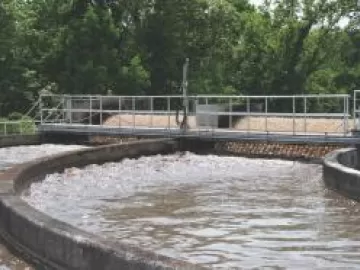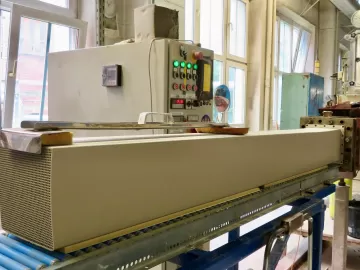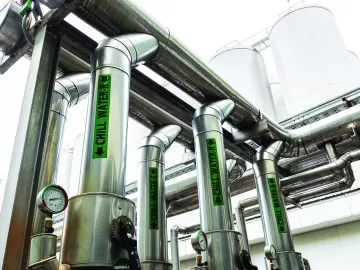Technology

Word is beginning to filter out about the 2022 changes to the ASHRAE 90.1 energy efficiency standard, and the changes it promises to bring to how compressed air systems are specified, commissioned and maintained. More specifically, the industry is learning about section 10.4.6 of 90.1, which is the first time the standard has included a section on compressed air.
[ Read Full Story ]
Handling Corrugated Cardboard with Optimized Pressure-Regulation of Air-Driven Vacuum Pumps
[ Read Full Story ]
The Evolution of Biomass Compressors
[ Read Full Story ]
Pneumatech® Biogas Dryers and ConservAir® Flow Controllers
[ Read Full Story ]
Applying Variable Speed Compressors in Multiple Applications - Application Success Stories and Improvement Stories
[ Read Full Story ]
Improved Aeration Efficiency through Design and Control
[ Read Full Story ]
Blow Molder Sequences 40 Bar Compressors
[ Read Full Story ]
Stop Operating Blind – Use a Flowmeter
[ Read Full Story ]
Calculating the Water Costs of Water-Cooled Air Compressors
[ Read Full Story ]
How’s the Weather in Your Pipes
[ Read Full Story ]











